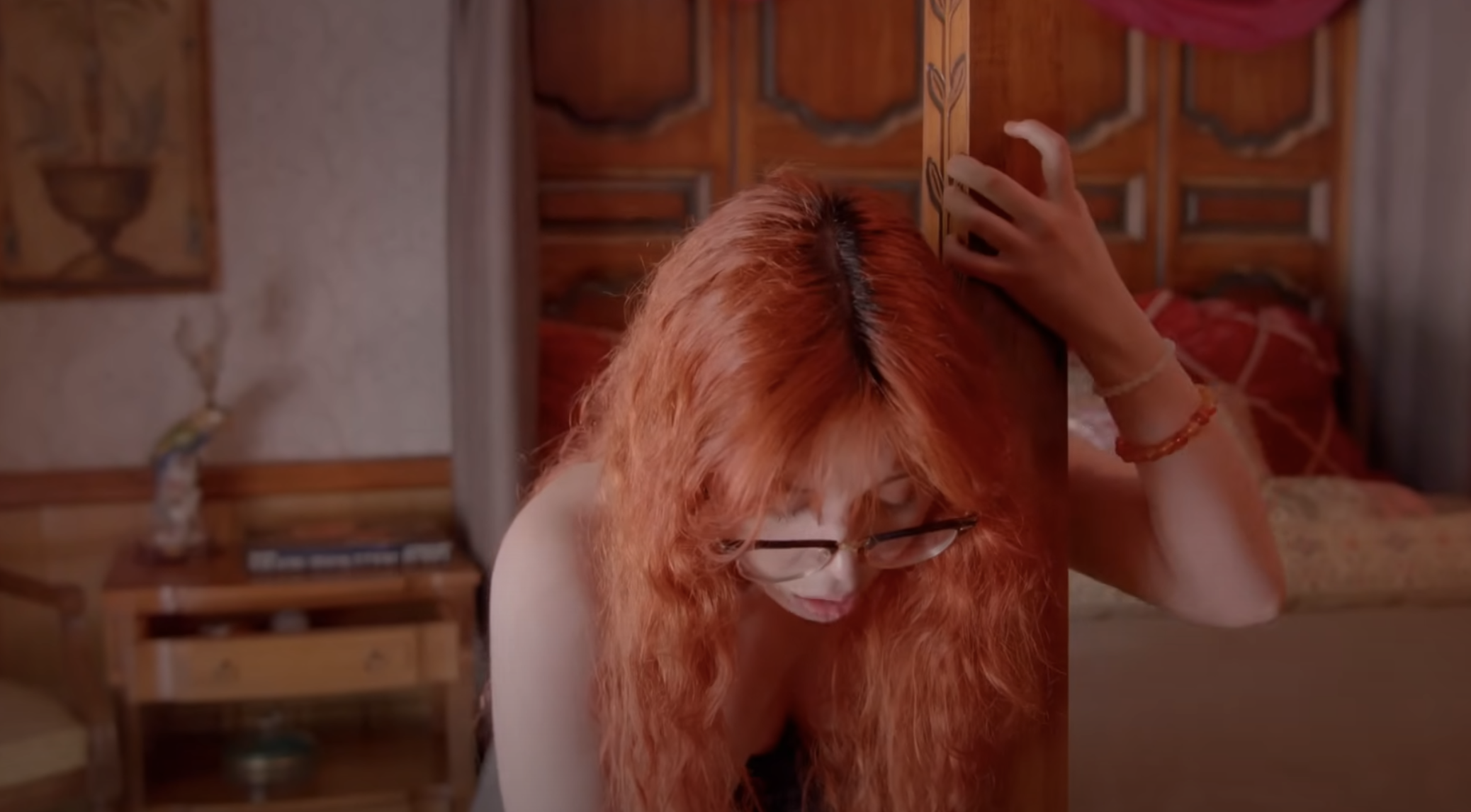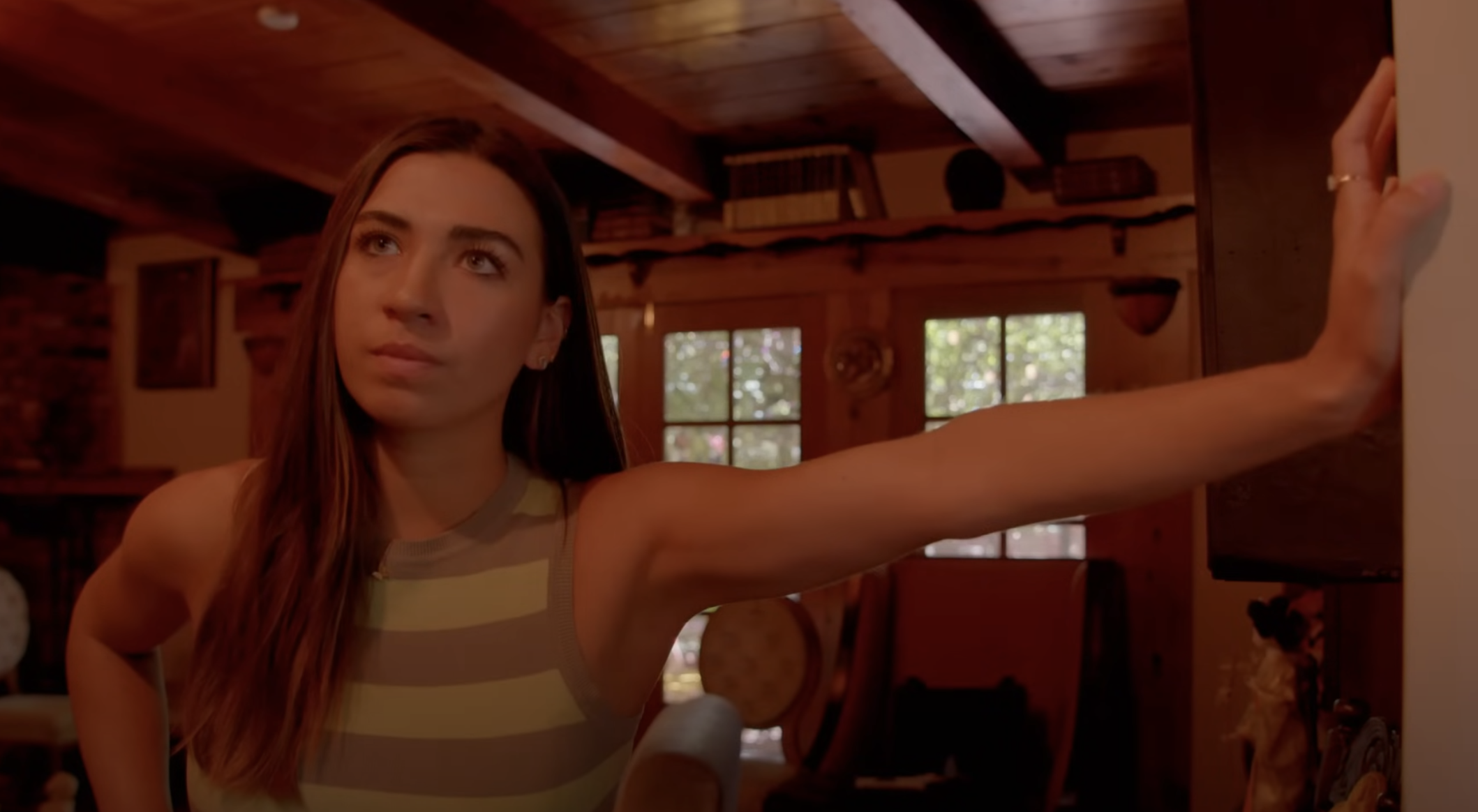Jamie Grefe’s Blood of La Llorona (Sangre de La Llorona) takes the classic Latin American legend and spins it into an eerie, intimate chamber horror. Instead of sprawling supernatural mayhem, Grefe crafts a slow-burn descent into inherited madness, folklore, and guilt — a ghost story wrapped in poetry and whispered dread.
The story begins simply: two friends, Verónica (Camila Ruhl) and Lulu (Maggie Peril), arrive at Verónica’s late grandmother’s rural home to rest before a nearby festival. The setup is deceptively calm — laughter, small talk, and nostalgic recollections about the grandmother’s love for dark tales. But soon they discover a poem said to be written in La Llorona’s own hand, carrying one simple warning: do not read it aloud. When Lulu’s curiosity overrides her fear, the film’s atmosphere shifts — the house begins to breathe, the walls whisper, and the legend becomes terrifyingly real.
Grefe, who also stars as the grandmother turned spectral presence, infuses the film with dreamlike pacing. The dialogue, partly poetic and repetitive (“todo va a estar bien”), mirrors the hypnotic rhythm of a curse being spoken into existence. Much of the fear builds through suggestion — flickering lights, echoing footsteps, and the haunting Spanish verse that summons La Llorona herself. The result feels closer to an arthouse ghost story than a jump-scare horror.
The performances anchor the mood. Ruhl’s Verónica balances warmth and fear as she grapples with her family’s dark legacy, while Peril delivers genuine vulnerability as the friend whose mistake awakens something ancient. Grefe’s direction is restrained, favoring atmosphere over exposition, and his use of language — Spanish spoken naturally and melodically — lends authenticity and regional texture to the familiar legend.
If there’s a flaw, it’s that the film’s deliberate pacing may test viewers expecting traditional horror thrills. The minimalist setting and repetition occasionally verge on overlong. Yet these choices also enhance the film’s claustrophobic spell; by the end, Blood of La Llorona feels less like a story being told and more like a curse being passed on.
Visually and thematically, this is one of Cinema Epoch’s most evocative folklore entries — a small, eerie poem of a movie that lingers long after the last whisper fades.
Verdict: A haunting, poetic reinterpretation of La Llorona’s legend — slow, strange, and quietly beautiful in its dread.
Jessie Hobson




